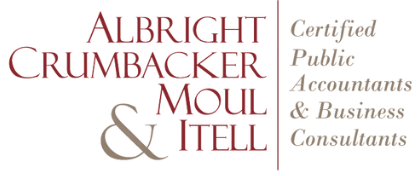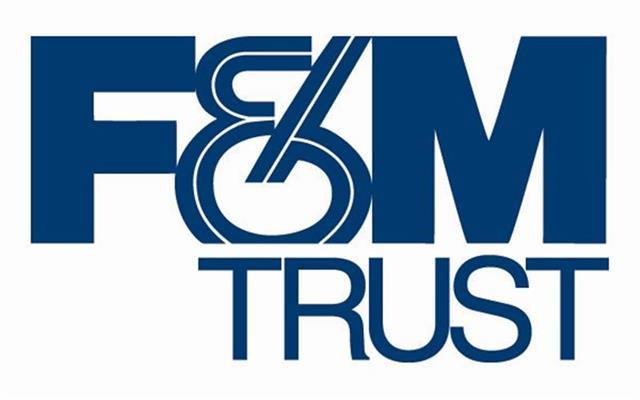June 22 @ 5:00 pm – 9:00 pm
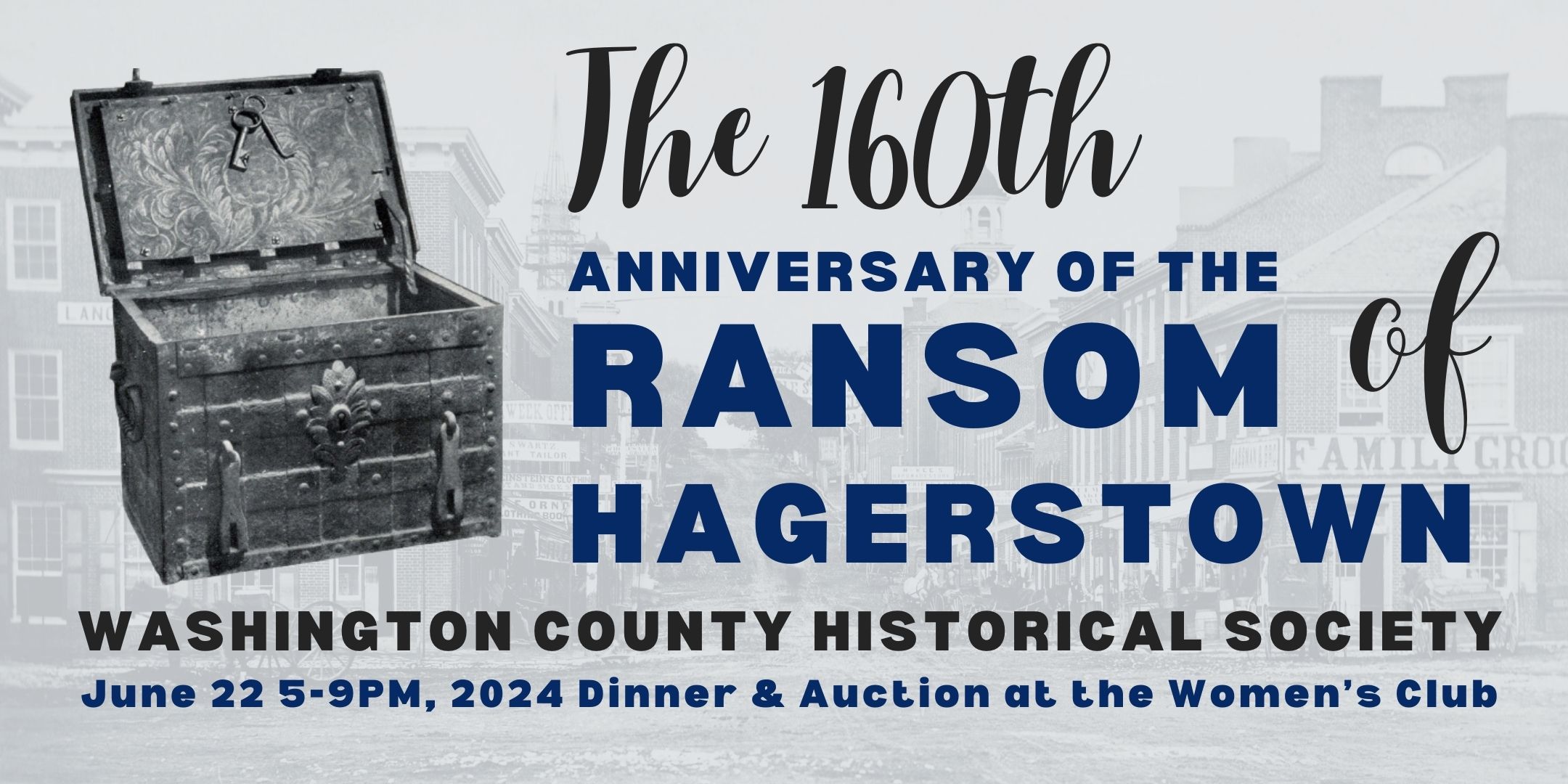
Join the WCHS Saturday, June 22, 5-9PM for our Ransom of Hagerstown Dinner-Auction Fundraiser! This fundraiser held at the Women’s Club of Hagerstown will commemorate the 160th Anniversary of the Ransom of Hagerstown.
During the event, enjoy a cocktail hour featuring Stoney Creek Bluegrass Band, followed by dinner catered by Hicksville Barbecue. During dinner guests will hear an address delivered by keynote speaker Stephen Bockmiller, author of Follow the Money: The 1864 Confederate Ransom of Hagerstown, Maryland. Dinner will be followed by dessert, more music, and silent auction and raffle baskets winners.
Help the WCHS save history with your ticket purchase, which supports our goal of raising $20,000. This amount symbolizes McCausland’s original 1864 ransom demand. Your support helps us continue our efforts to preserve Washington County’s history through educational programming, exhibits, lectures, events, and more.
Individual tickets are available at $50 for WCHS members and $65 for non-members. Tables and other sponsorship opportunities are available; please call the WCHS offices at (301) 797-8782 or email at info@washcohistory.org for more information.

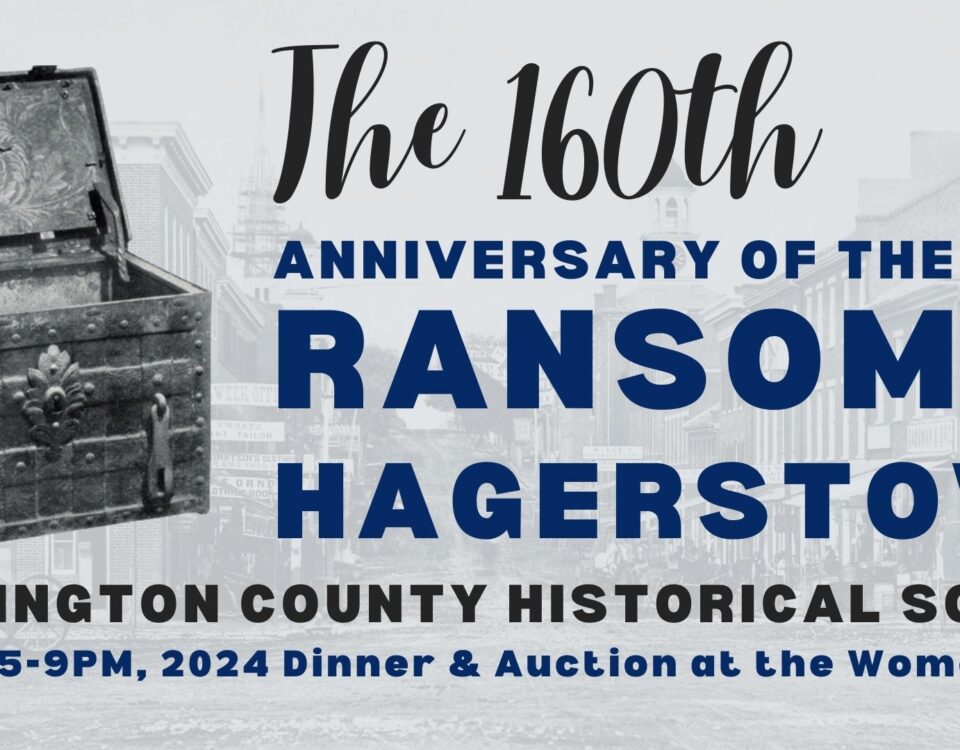
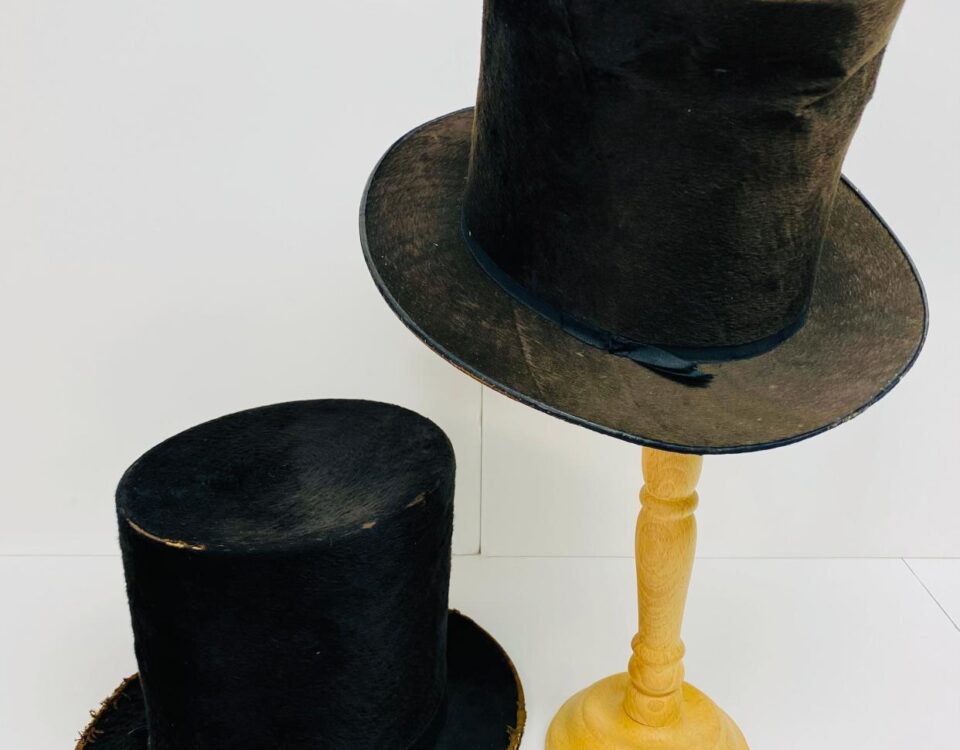
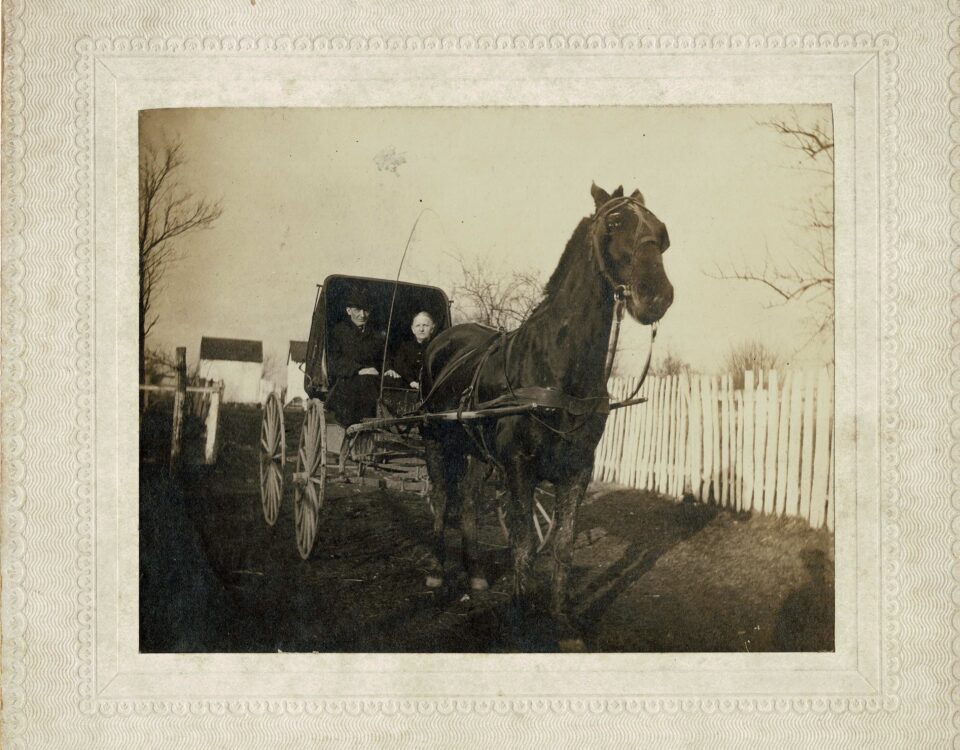
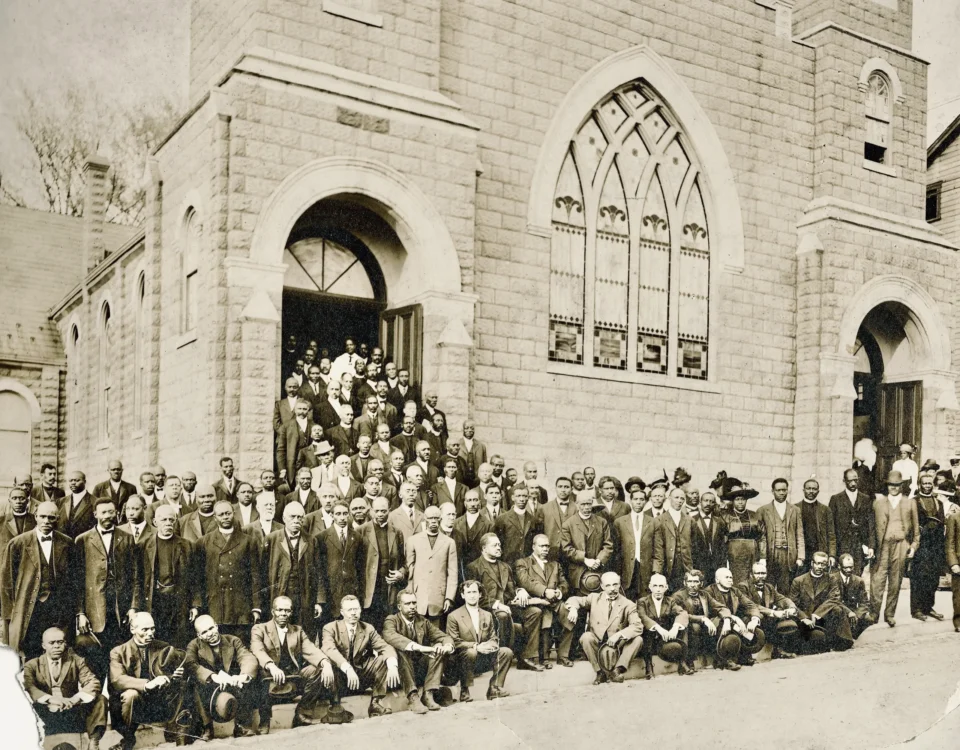
 Previous
Previous













